At CarMax Vehicle, we understand the paramount importance of reliable and efficient braking systems in semi-trucks. A robust air brake system is essential for ensuring safety, performance, and compliance on the road. This comprehensive guide delves deep into the intricacies of semi truck air brake diagrams, providing an in-depth analysis to help you understand, maintain, and optimize your braking system effectively.
Understanding the Basics of Air Brake Systems
What Are Air Brakes?
Air brakes are a type of brake system commonly used in heavy-duty vehicles like semi-trucks. Unlike hydraulic systems, air brakes utilize compressed air to apply force to the brakes, ensuring effective stopping power under various load conditions.

Key Components of an Air Brake System
| Component | Function |
|---|---|
| Compressor | Generates compressed air from ambient air and supplies it to the air tanks. |
| Air Tanks | Store compressed air for use by the brake system. |
| Brake Pedal | Controls the application and release of brakes through the brake pedal mechanism. |
| Brake Chambers | Convert air pressure into mechanical force to actuate the brakes. |
| Slack Adjusters | Ensure proper brake pad clearance and automatic adjustment for wear. |
| Brake Lines and Hoses | Transport compressed air throughout the braking system. |
| Governor | Regulates air pressure within the system to maintain optimal performance. |
| Safety Valves | Prevent over-pressurization by releasing excess air. |
Semi Truck Air Brake Diagram Explained
Understanding the semi truck air brake diagram is crucial for diagnosing issues and performing maintenance. Below is a detailed explanation of each part of the diagram:
1. Compressor and Governor
The compressor is the heart of the air brake system, responsible for generating the necessary air pressure. The governor regulates this pressure, ensuring it stays within safe operating limits. This prevents both underperformance and over-pressurization, which could lead to brake failure.
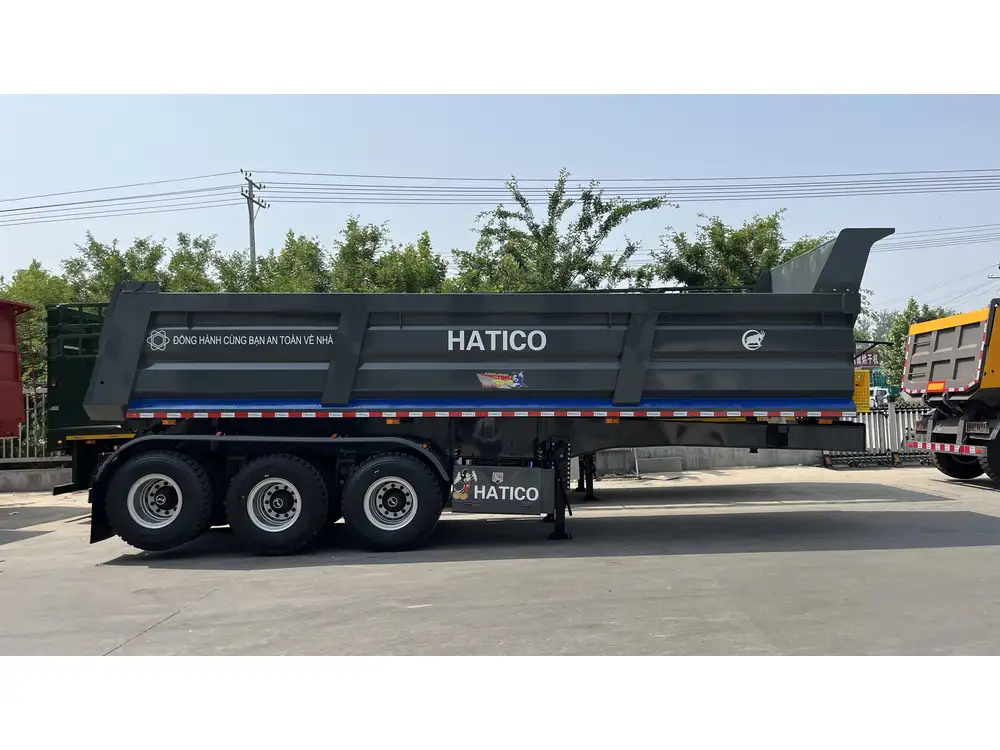
2. Air Tanks
Air tanks store the compressed air produced by the compressor. Typically, a semi-truck has multiple air tanks to ensure a steady supply of air, even under high-demand conditions. These tanks are equipped with drain valves to remove moisture and contaminants.
3. Brake Pedal and Pushrod
When the driver presses the brake pedal, the pushrod activates, sending a signal to the brake chambers. This mechanical linkage is essential for translating the driver’s input into brake actuation.
4. Brake Chambers and Slack Adjusters
Brake chambers receive compressed air and convert it into mechanical force. This force drives the slack adjusters, which in turn push the brake shoes or pads against the brake drums or rotors. Modern systems often feature automatic slack adjusters to maintain optimal brake pad clearance automatically.
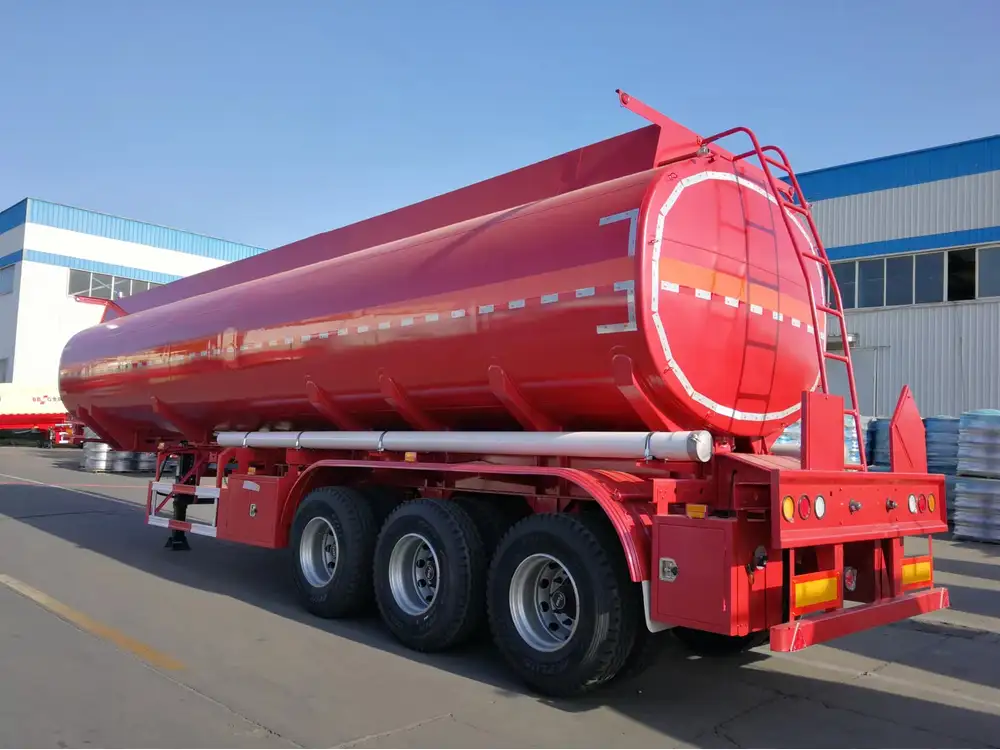
5. Slack Adjusters and Brake Lever
The slack adjusters amplify the force from the brake chambers and ensure that the brake shoes maintain proper contact with the drums. This mechanism compensates for brake wear, reducing the need for frequent manual adjustments.
6. Brake Shoe or Pad Assembly
This is the component that physically engages with the brake drum or rotor to create the friction needed to slow down or stop the vehicle. High-quality brake assemblies, like those offered by CarMax Trailer, ensure consistent performance and longevity.
7. Air Lines and Hoses
Air lines transport compressed air from the tanks to the various components of the brake system. Flexible hoses connect these lines to moving parts, allowing for the necessary range of motion without compromising air pressure.

Visual Representation
Below is a simplified semi truck air brake diagram to illustrate the system:
flowchart LR
A[Compressor] --> B[Air Tanks]
B --> C[Governor]
C --> D[Brake Pedal]
D --> E[Pushrod]
E --> F[Brake Chambers]
F --> G[Slack Adjusters]
G --> H[Brake Shoes/Pads]
H --> I[Brake Drum/Rotor]
B --> J[Air Lines and Hoses]
C --> K[Safety Valves]The Functionality of Air Brake Systems
Step-by-Step Operation
- Air Compression: The compressor draws in ambient air and compresses it, storing it in the air tanks.
- Pressure Regulation: The governor monitors and maintains appropriate air pressure, activating the compressor as needed.
- Brake Activation: Pressing the brake pedal pushes the pushrod, signaling the brake chambers to release air.
- Brake Application: The release of air pressure in the brake chambers allows springs to push the brake shoes or pads against the drum or rotor, creating friction.
- Brake Release: Releasing the brake pedal allows compressed air to re-enter the brake chambers, retracting the brake shoes or pads and disengaging the brakes.
- Automatic Adjustment: Slack adjusters compensate for brake pad wear, ensuring consistent braking performance without manual intervention.
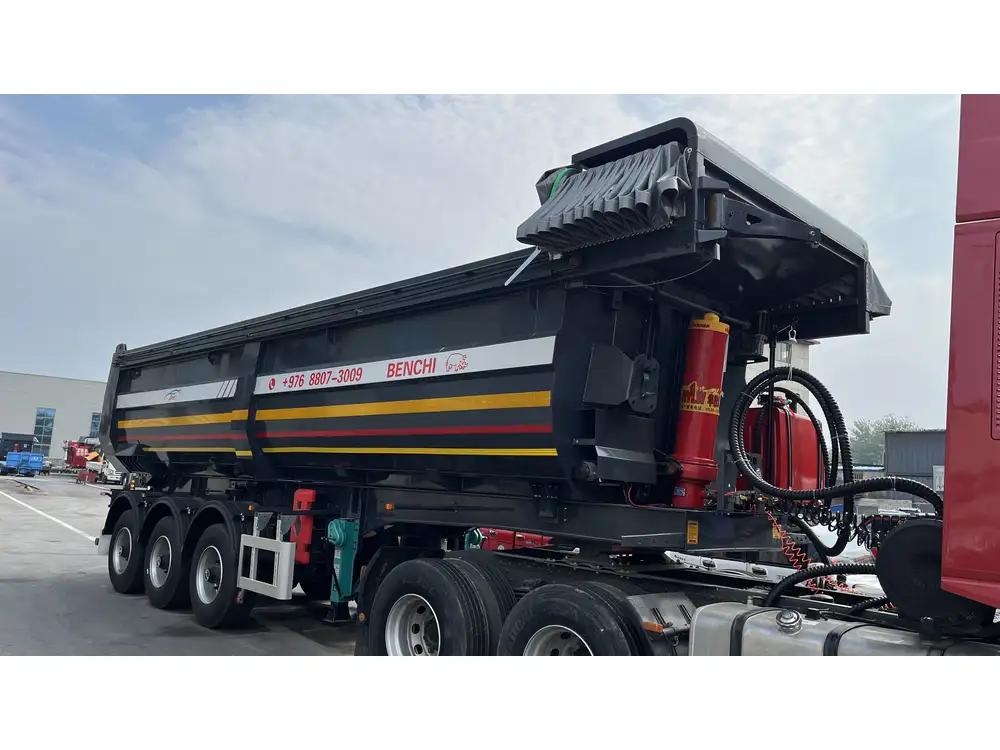
Advantages of Air Brake Systems
- Reliability: Compressed air systems are less prone to failure compared to hydraulic systems, especially in heavy-duty applications.
- Strength and Durability: Air brakes provide the necessary stopping power for large vehicles, handling high loads effectively.
- Safety Features: Incorporates fail-safe mechanisms like the spring brake, which engages the brakes if air pressure is lost.
- Maintenance: Air brake systems are easier to inspect and maintain, with clear indicators for air pressure and potential leaks.
Common Issues and Maintenance Tips
Identifying Common Problems
| Issue | Symptoms | Causes |
|---|---|---|
| Air Leaks | Decreased braking performance, air pressure fluctuations | Damaged hoses, faulty valves, worn seals |
| Worn Brake Pads/Shoes | Increased stopping distance, unusual noises | Prolonged use, inadequate slack adjustment |
| Faulty Compressor | Inconsistent air pressure, compressor cycling frequently | Mechanical wear, electrical issues, lack of maintenance |
| Governor Malfunction | Over-pressurization or under-pressurization of the air system | Faulty governor components, air leaks affecting pressure levels |
| Contaminated Air Supply | Corrosion in air tanks, brake system inefficiency | Moisture in air lines, lack of regular tank draining |
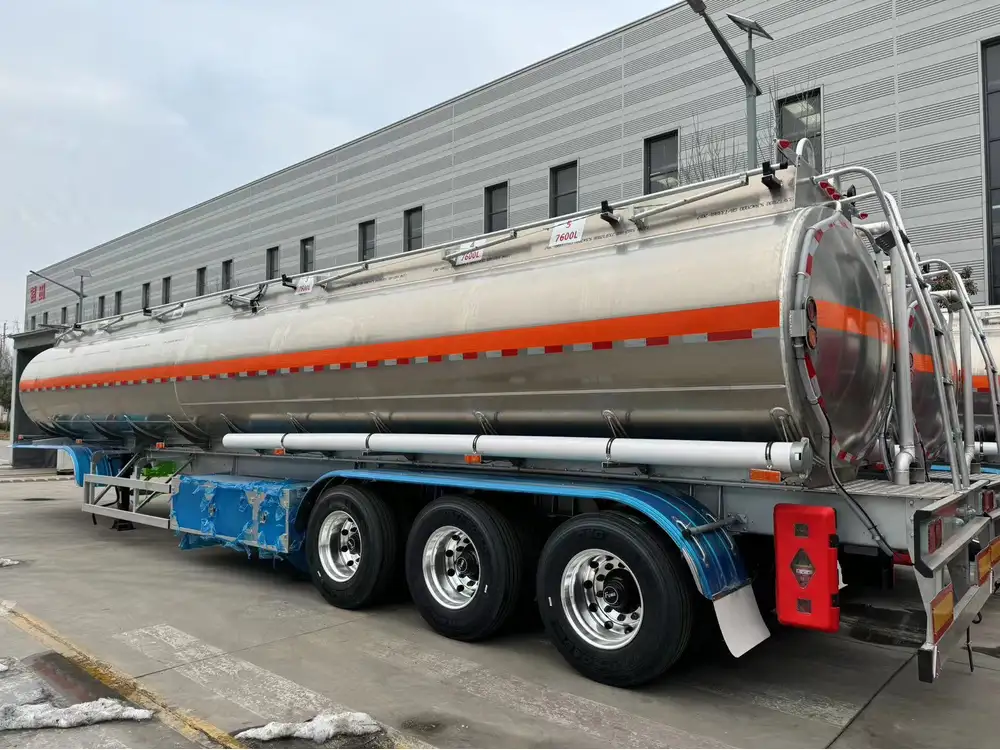
Maintenance Best Practices
- Regular Inspections: Periodically check all components, including hoses, valves, and brake chambers, for signs of wear or damage.
- Drain Air Tanks: Ensure moisture and contaminants are drained from air tanks to prevent corrosion and maintain air quality.
- Monitor Air Pressure: Keep an eye on air pressure gauges to ensure the system operates within the recommended range.
- Replace Worn Components: Promptly replace brake pads, hoses, and other worn parts to maintain optimal braking performance.
- Scheduled Servicing: Adhere to a regular maintenance schedule, including compressor servicing and governor testing, to prevent unexpected failures.
Innovations in Air Brake Technology
Electronic Brake Controllers
Modern air brake systems are incorporating electronic brake controllers to enhance precision and responsiveness. These systems utilize sensors and electronic signals to manage brake force distribution more effectively, improving overall vehicle stability and safety.

Automated Slack Adjusters
Automated slack adjusters represent a significant advancement, reducing the need for manual adjustments and ensuring consistent brake pad clearance. This innovation not only saves time during maintenance but also contributes to more reliable braking performance.
Integrated Air Management Systems
Integrated air management systems optimize the distribution and utilization of compressed air within the brake system. By intelligently managing air flow and pressure, these systems enhance efficiency and extend the lifespan of components.
Comparative Analysis: CarMax Trailer vs. Competitors
When selecting an air brake system, it’s essential to choose components that offer reliability, performance, and durability. Here’s how CarMax Trailer’s air brake systems stand out:
| Feature | CarMax Trailer | Competitor A | Competitor B |
|---|---|---|---|
| Material Quality | High-grade aluminum alloys | Standard steel alloys | Mixed material quality |
| Design Innovation | Advanced electronic integration | Conventional designs | Limited innovation |
| Maintenance Accessibility | Easy access for inspections | Difficult access points | Moderate accessibility |
| Warranty and Support | Comprehensive warranty, 24/7 support | Standard warranty, limited support | Basic warranty coverage |
| Performance Assurance | Rigorous testing and quality control | Varied performance standards | Inconsistent performance |
CarMax Trailer prioritizes exceptional material quality, innovative design, and customer-centric support, making our air brake systems a superior choice for semi-truck manufacturers and operators.

Optimizing Your Air Brake System for Maximum Performance
Selecting the Right Components
Choosing the appropriate components is crucial for building an efficient air brake system. Considerations include:
- Brake Chambers: Opt for high-performance brake chambers that offer reliable force conversion and durability.
- Slack Adjusters: Select automated slack adjusters to minimize maintenance and ensure consistent brake pad positioning.
- Air Lines and Hoses: Use high-quality, flexible hoses that can withstand high pressure and resist leaks.
Installation Best Practices
Proper installation is essential for the optimal functioning of your air brake system. Follow these guidelines:
- Professional Installation: Engage certified technicians to ensure accurate installation and alignment of all components.
- Secure Connections: Ensure all hoses and lines are securely connected to prevent air leaks and maintain system integrity.
- System Testing: After installation, thoroughly test the system under various conditions to verify performance and identify any issues.

Regular Maintenance Procedures
Implement a regular maintenance routine to sustain the performance and longevity of your air brake system:
- Daily Checks: Inspect air pressure levels, listen for unusual noises, and ensure responsive brake operation.
- Weekly Inspections: Examine hoses, fittings, and brake chambers for signs of wear or damage.
- Monthly Servicing: Drain air tanks, lubricate moving parts, and test governor functionality.
- Annual Overhaul: Conduct a comprehensive system overhaul, replacing worn components and updating technology as needed.
Safety Considerations in Air Brake Systems
Redundancy and Fail-Safe Mechanisms
Air brake systems incorporate redundancy to enhance safety. Key features include:
- Dual Air Lines: Separate high and low-pressure lines to ensure continued operation even if one line fails.
- Spring Brakes: Automatically engage brakes if air pressure is lost, preventing uncontrolled vehicle movement.
- Safety Valves: Release excess air pressure to avoid over-pressurization, safeguarding system components.
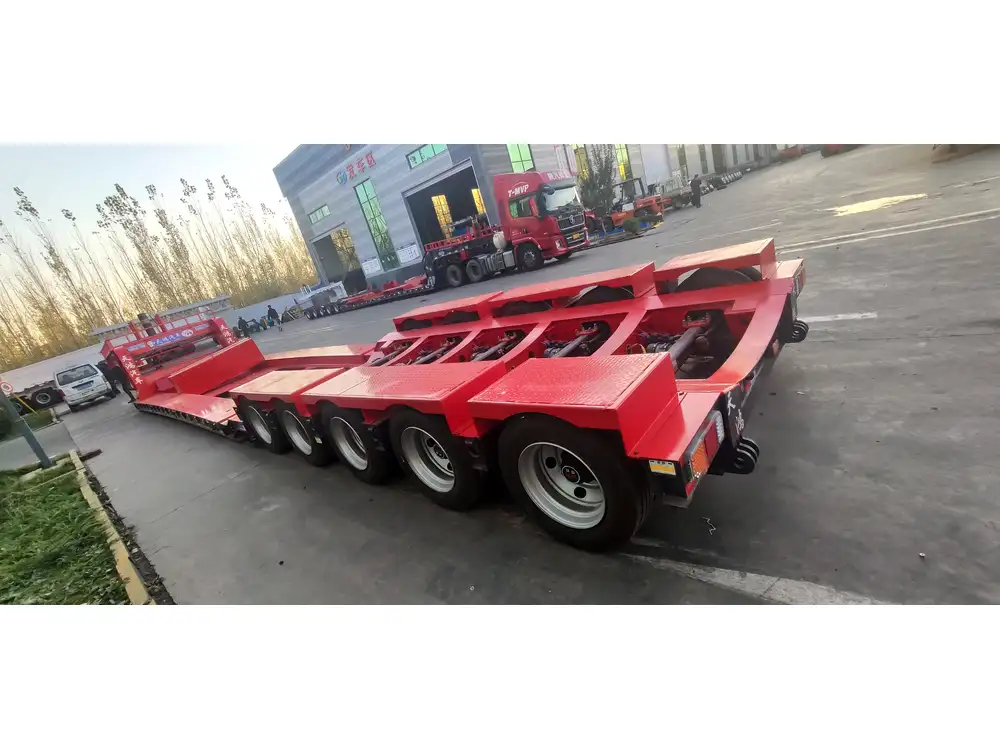
Compliance with Regulations
Adhering to industry standards and regulations is essential for legal compliance and safety. Key regulatory bodies include:
- Federal Motor Carrier Safety Administration (FMCSA): Sets standards for air brake systems in the United States.
- European Union (EU) Regulations: Mandates specifications for brake performance and system design across member states.
- International Standards Organization (ISO): Provides global guidelines for air brake system quality and safety.
Ensuring your air brake system meets or exceeds these regulations is crucial for safe and lawful operation.
Future Trends in Air Brake Technology
Integration with Autonomous Systems
As the transportation industry moves towards automation, air brake systems are evolving to integrate seamlessly with autonomous driving technologies. Enhanced sensors and control systems allow for more precise braking responses, improving safety and efficiency in self-driving trucks.
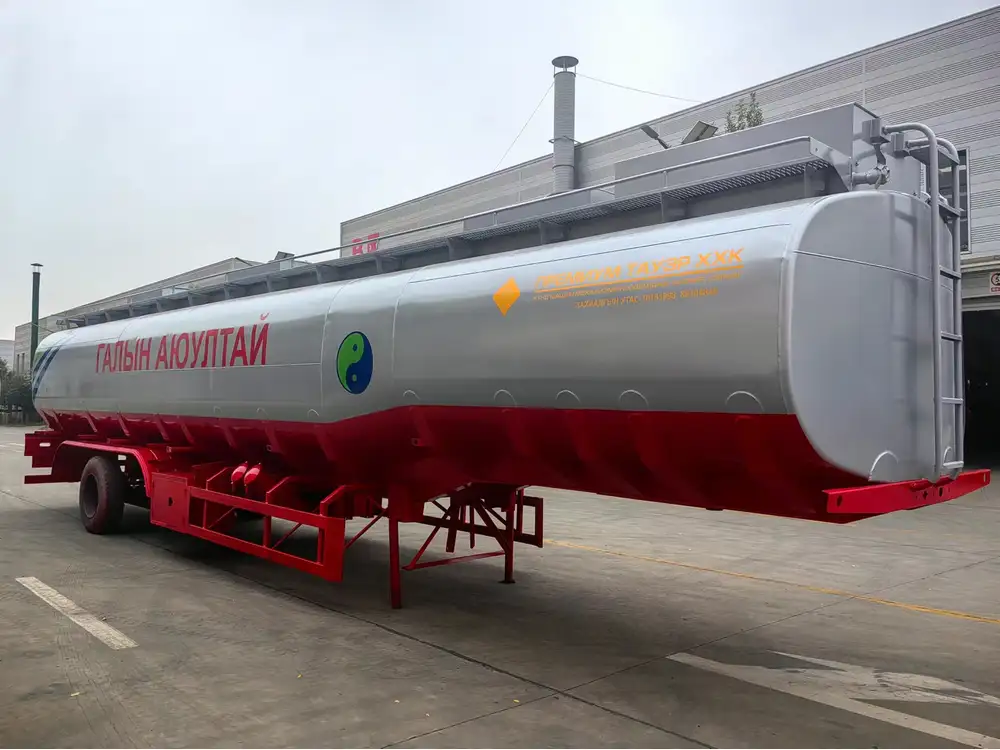
Sustainable Materials and Energy Efficiency
The future of air brake systems lies in sustainability. Manufacturers are increasingly focusing on using eco-friendly materials and designing systems that consume less energy, reducing the overall environmental impact of heavy-duty vehicles.
Enhanced Diagnostics and Predictive Maintenance
Advanced diagnostic tools and predictive maintenance algorithms are becoming integral to air brake systems. These technologies enable real-time monitoring of system performance, allowing for proactive maintenance and minimizing downtime.
Why Choose CarMax Vehicle for Your Air Brake Needs
CarMax Vehicle stands at the forefront of air brake system innovation, offering unparalleled quality and performance. Our commitment to excellence ensures that our semi truck air brake systems deliver:
- Superior Reliability: Engineered with precision and built to withstand the rigors of heavy-duty use.
- Innovative Solutions: Incorporating the latest advancements in brake technology to enhance safety and efficiency.
- Comprehensive Support: Providing exceptional customer service, technical support, and maintenance resources to keep your fleet running smoothly.
- Customization Options: Tailored solutions to meet the specific needs of your semi-truck configurations and operational requirements.
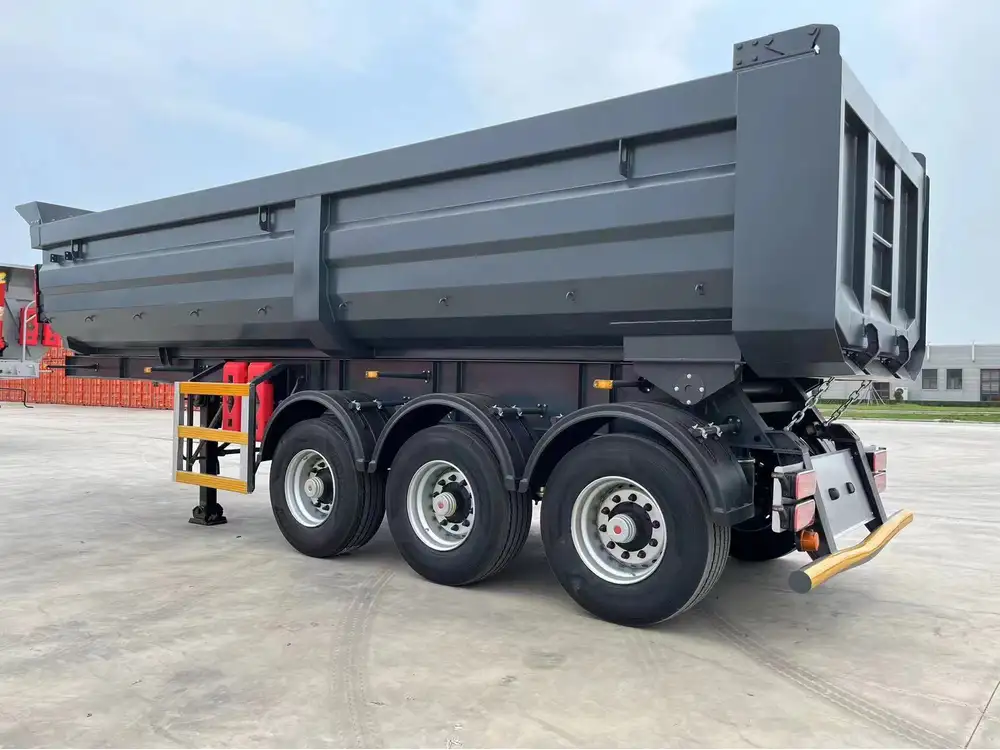
Conclusion
A thorough understanding of semi truck air brake diagrams is essential for maintaining a safe and efficient fleet. At CarMax Vehicle, we are dedicated to providing top-tier air brake systems that meet the highest standards of performance and reliability. By staying informed about the components, functionality, maintenance, and advancements in air brake technology, you can ensure your semi-trucks operate at their best, safeguarding both your investment and the lives of those on the road.
Frequently Asked Questions
1. How often should I inspect my semi truck’s air brake system?
Regular inspections are crucial for maintaining optimal performance. We recommend daily visual checks, weekly component inspections, monthly maintenance procedures, and an annual comprehensive system overhaul to ensure your air brake system remains in excellent condition.
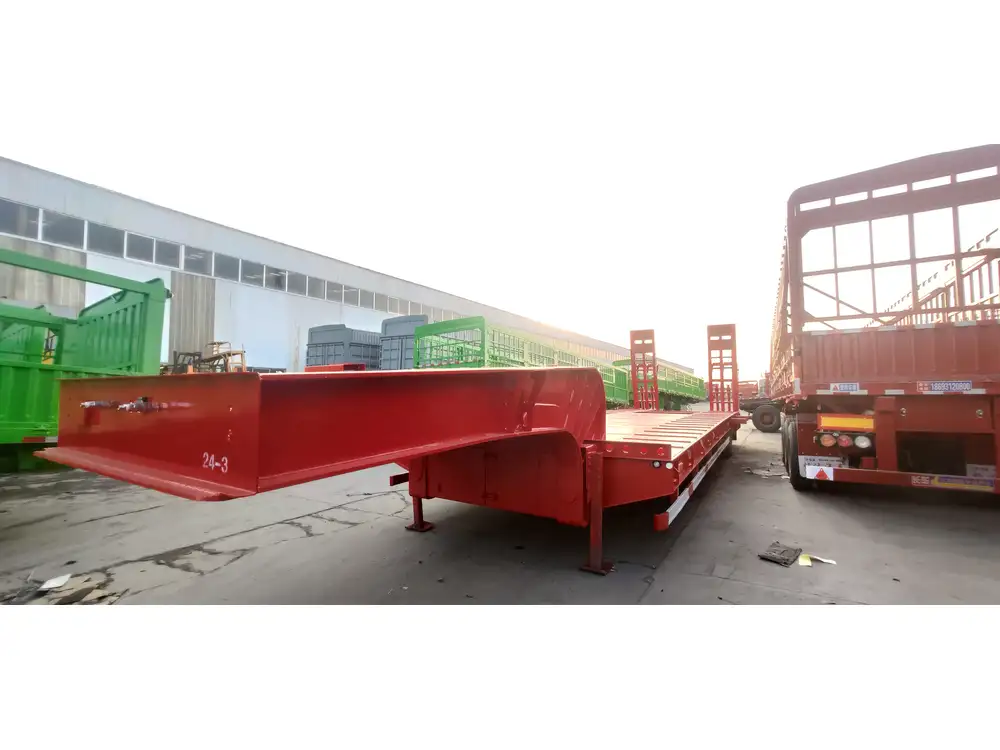
2. What are the signs of a failing air brake system?
Common symptoms include decreased braking performance, increased stopping distances, unusual noises (like hissing or grinding), air pressure fluctuations, and visible air leaks. If you notice any of these signs, it’s essential to perform a thorough inspection or consult with a professional immediately.
3. Can I upgrade my existing air brake system with CarMax Trailer components?
Absolutely. CarMax Vehicle offers a range of high-quality components that can enhance the performance and reliability of your existing air brake system. Contact our technical support team to discuss suitable upgrades tailored to your specific needs.
4. What maintenance practices can extend the lifespan of my air brake system?
Implementing a regular maintenance routine, including draining air tanks to remove moisture, replacing worn parts promptly, checking air pressure levels, and ensuring all connections are secure, can significantly extend the lifespan of your air brake system and prevent unexpected failures.

5. How do automated slack adjusters improve my air brake system?
Automated slack adjusters ensure consistent brake pad clearance by automatically compensating for wear, reducing the need for manual adjustments. This leads to more reliable braking performance, enhances safety, and simplifies maintenance procedures.



